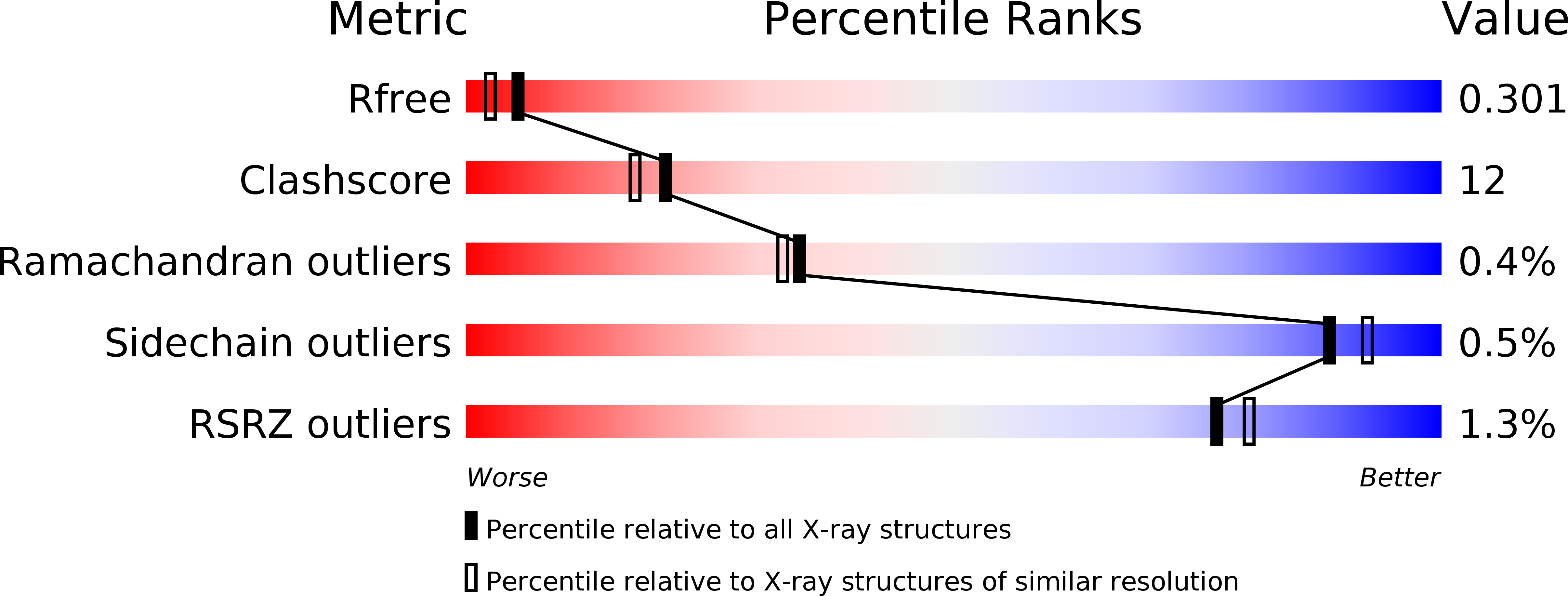
Deposition Date
2015-01-29
Release Date
2015-10-21
Last Version Date
2024-03-20
Entry Detail
PDB ID:
4XWJ
Keywords:
Title:
Histidine-containing phosphocarrier protein (HPr) and antisigma factor Rsd complex
Biological Source:
Source Organism:
Escherichia coli (strain K12) (Taxon ID: 83333)
Host Organism:
Method Details:
Experimental Method:
Resolution:
2.10 Å
R-Value Free:
0.29
R-Value Work:
0.21
R-Value Observed:
0.22
Space Group:
P 32 2 1


